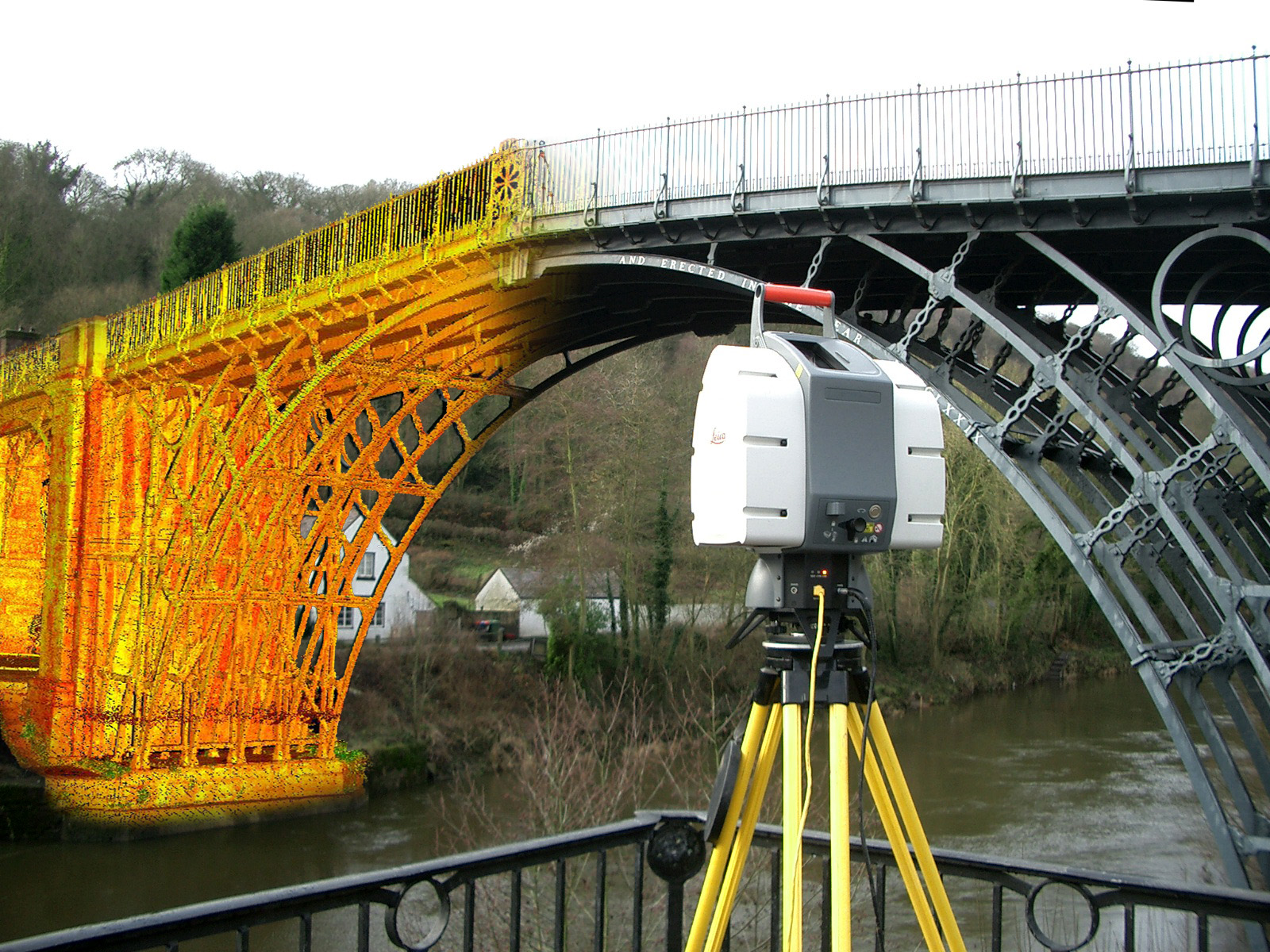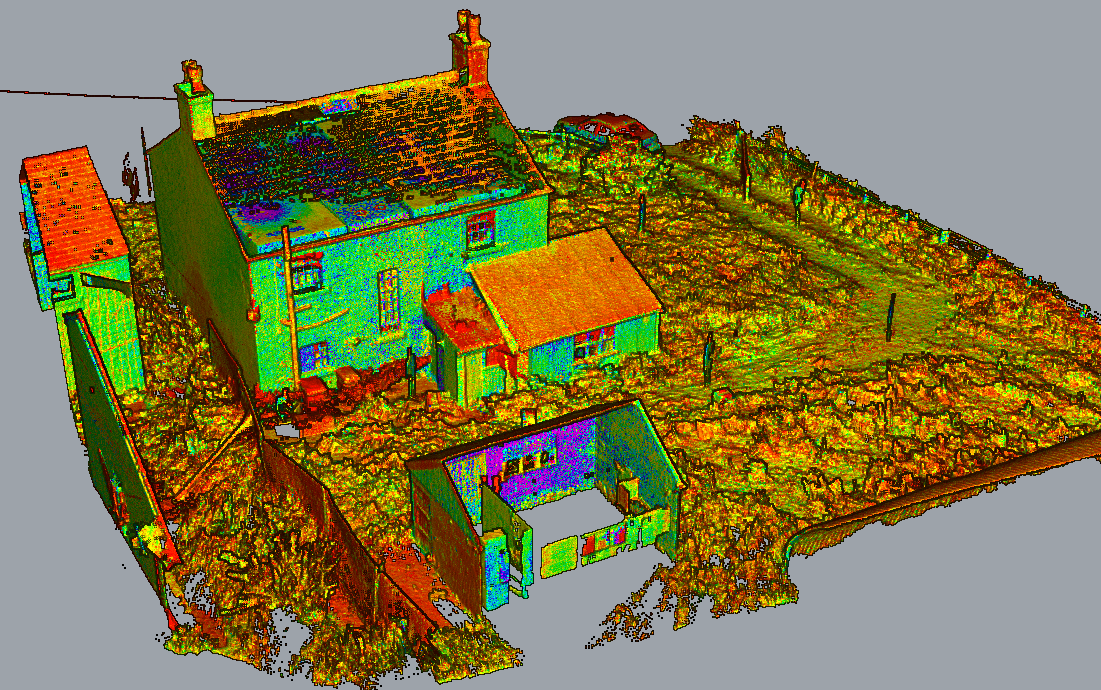How 3D Scanning Speeds Up the Planning Phase
Wiki Article
How 3D Laser Scanning Changes Architectural Style and Building And Construction Projects
3D laser scanning is changing the landscape of building style and construction. This innovation offers unequaled accuracy in catching existing atmospheres, which helps with better project preparation and execution. It minimizes mistakes while boosting efficiency in different stages of growth. The effects for cooperation among engineers, engineers, and various other stakeholders are considerable. These improvements open the door to new design opportunities and ingenious options. What exists ahead for this progressing innovation?The Principles of 3D Laser Scanning Modern Technology
Although 3D laser scanning modern technology may seem complex, its core concepts are straightforward and transformative for building design. This modern technology employs laser beam of lights to record specific measurements of physical frameworks, creating a thorough factor cloud that stands for the scanned setting. A laser scanner produces quick pulses of light, gauging the moment it considers the light to return, which enables the estimation of ranges with remarkable accuracy.The resulting factor cloud can be exchanged a 3D model, offering engineers with indispensable visual data. This model makes it possible for professionals to control and evaluate style elements within their jobs, enabling innovative remedies and boosted visualization. By employing 3D laser scanning, designers can much better recognize the existing conditions of a website, making certain that brand-new designs integrate with their environments. This combination of modern technology right into building layout marks a considerable innovation, promoting creativity and precision in the field.

Enhancing Accuracy and Efficiency in Architectural Projects
As building jobs increasingly demand precision and rate, 3D laser scanning arises as a crucial tool in enhancing both accuracy and effectiveness. This innovation records numerous information factors in a short timeframe, creating precise and thorough 3D versions of existing frameworks. The capacity to get accurate dimensions reduces the risk of mistakes throughout the layout stage, permitting designers to picture their projects with unmatched quality.The rapid information collection procedure decreases the time spent on-site, enabling groups to concentrate on evaluation and style renovations. With real-time information schedule, adjustments can be made promptly, advertising an extra streamlined workflow. The combination of 3D laser scanning right into architectural practices not just enhances measurement precision however also improves the overall project timeline, helping with quicker decision-making. In an industry where accuracy is vital, this modern technology stands as a transformative pressure, boosting the criteria of architectural layout and building and construction projects.
Enhancing Collaboration Amongst Stakeholders
While typical architectural procedures often include fragmented communication among stakeholders, 3D laser scanning cultivates an extra natural joint setting. By supplying accurate, high-resolution data, this technology permits designers, service providers, designers, and clients to operate from a unified point of reference. The detailed visualizations produced through laser scanning get rid of ambiguities and false impressions, guaranteeing that all celebrations have accessibility to the same info.This openness boosts decision-making and motivates prompt feedback, as stakeholders can easily picture layout aspects and spatial partnerships. Furthermore, the integration of 3D scanning data into Structure Information Modeling (BIM) platforms even more enhances cooperation, permitting real-time updates and modifications. Such seamless communication not only reduces disputes however likewise increases task timelines, as Full Article all stakeholders continue to be aligned throughout the style and building stages. Ultimately, 3D laser scanning transforms typical process right into a much more joint and reliable procedure, benefiting all events included.
Unlocking Imaginative Opportunities in Style
By making it possible for architects to picture intricate spatial relationships and elaborate details, 3D laser scanning exposes imaginative opportunities in style. This technology allows for specific mapping of existing atmospheres, enabling engineers to check out ingenious concepts that could have formerly seemed not practical. With very precise data, developers can trying out unusual types and materials, pushing the borders of standard design.Additionally, the assimilation of 3D laser scanning right into the style procedure cultivates collaboration amongst multidisciplinary teams, encouraging the exchange of concepts and improving creativity. The comprehensive visualizations created by this technology not just aid in find more identifying prospective layout difficulties but likewise influence remedies that might not have been taken into consideration. Therefore, engineers can create more appealing and vibrant rooms that resonate with customers while meeting practical needs. Ultimately, 3D laser scanning changes the architectural landscape, empowering designers to recognize their visions with extraordinary precision and imagination.
The Future of 3D Laser Scanning in Architecture and Construction
The assimilation of 3D laser scanning right into architectural style not just boosts creativity yet likewise establishes the stage for its progressing duty in the future of architecture and building. As modern technology breakthroughs, the precision and performance of laser scanning will remain to enhance, making it possible for designers and home builders to create more complex designs with precision - 3D Scanning. The use of this technology in real-time data collection will help with better decision-making, decreasing errors and improving workflowsFuture applications may consist of increased and digital truth combinations, enabling stakeholders to imagine projects in immersive environments. On top of that, as sustainability comes to be a top priority, 3D laser scanning will certainly support the advancement of energy-efficient designs by providing detailed insights right into existing structures. As collaboration among different techniques comes to be more necessary, the capability to share exact 3D models will promote advancement and enhance task results. Eventually, 3D laser scanning will redefine criteria in architectural style and building methods.
Often Asked Questions
What Is the Price of Carrying Out 3D Laser Scanning Innovation?

For how long Does a Typical 3D Laser Scanning Task Take?
A regular 3D laser scanning task can take anywhere from a couple of hours to several days, relying on variables such as the task's dimension, complexity, and the level of information needed for precise data capture.What Sorts Of Projects Advantage A Lot Of From 3D Laser Scanning?
3D laser scanning benefits various tasks, specifically massive buildings, historical remediations, and complex improvements. It boosts accuracy in dimensions, lowers errors, and supplies comprehensive data important for efficient click here for info planning and implementation in architectural layout and building and construction.
Are There Particular Software Program Programs Required for 3D Laser Scans?
Yes, specific software application are crucial for processing 3D laser scans. 3D Scanning. Popular alternatives include Autodesk ReCap, Faro Scene, and Leica Cyclone, each offering one-of-a-kind functions tailored for examining and envisioning scanned data properly in numerous jobsJust How Does 3D Laser Scanning Impact Environmental Sustainability in Building?
3D laser scanning enhances ecological sustainability in building and construction by lessening product waste, allowing specific measurements, and advertising efficient source use. This technology enables better preparation, lowering the ecological footprint of construction tasks via boosted precision and effectiveness.3D laser scanning is transforming the landscape of architectural layout and building and construction. 3D laser scanning modern technology might seem complicated, its core concepts are transformative and straightforward for architectural layout. By allowing architects to imagine complex spatial relationships and intricate information, 3D laser scanning discloses imaginative possibilities in design. The integration of 3D laser scanning right into the style process fosters collaboration amongst multidisciplinary teams, urging the exchange of concepts and enhancing creative thinking. The combination of 3D laser scanning into architectural style not only improves creative thinking however also sets the phase for its developing role in the future of style and building.
Report this wiki page